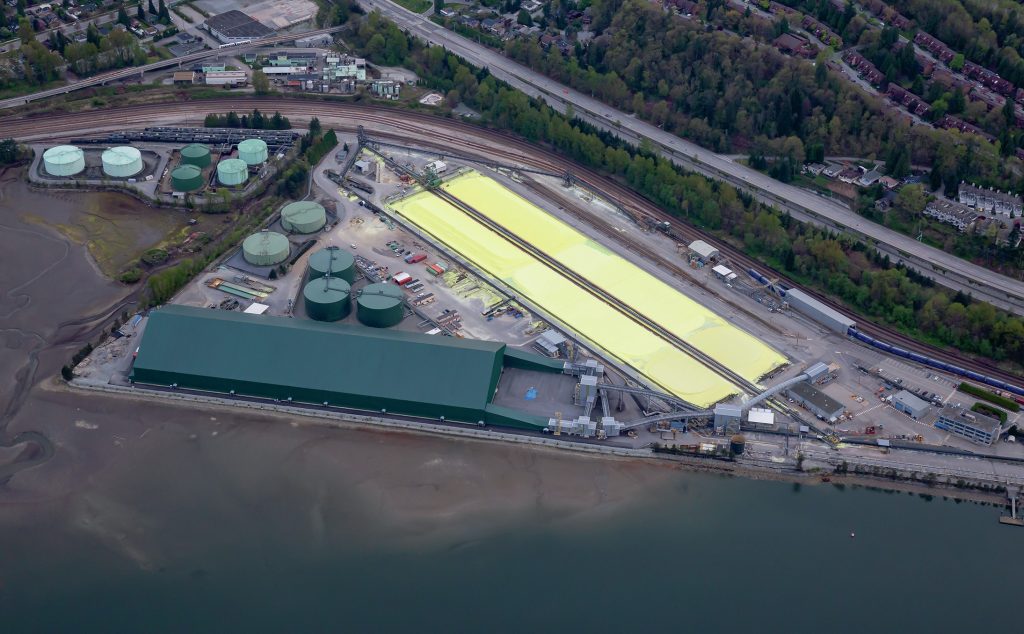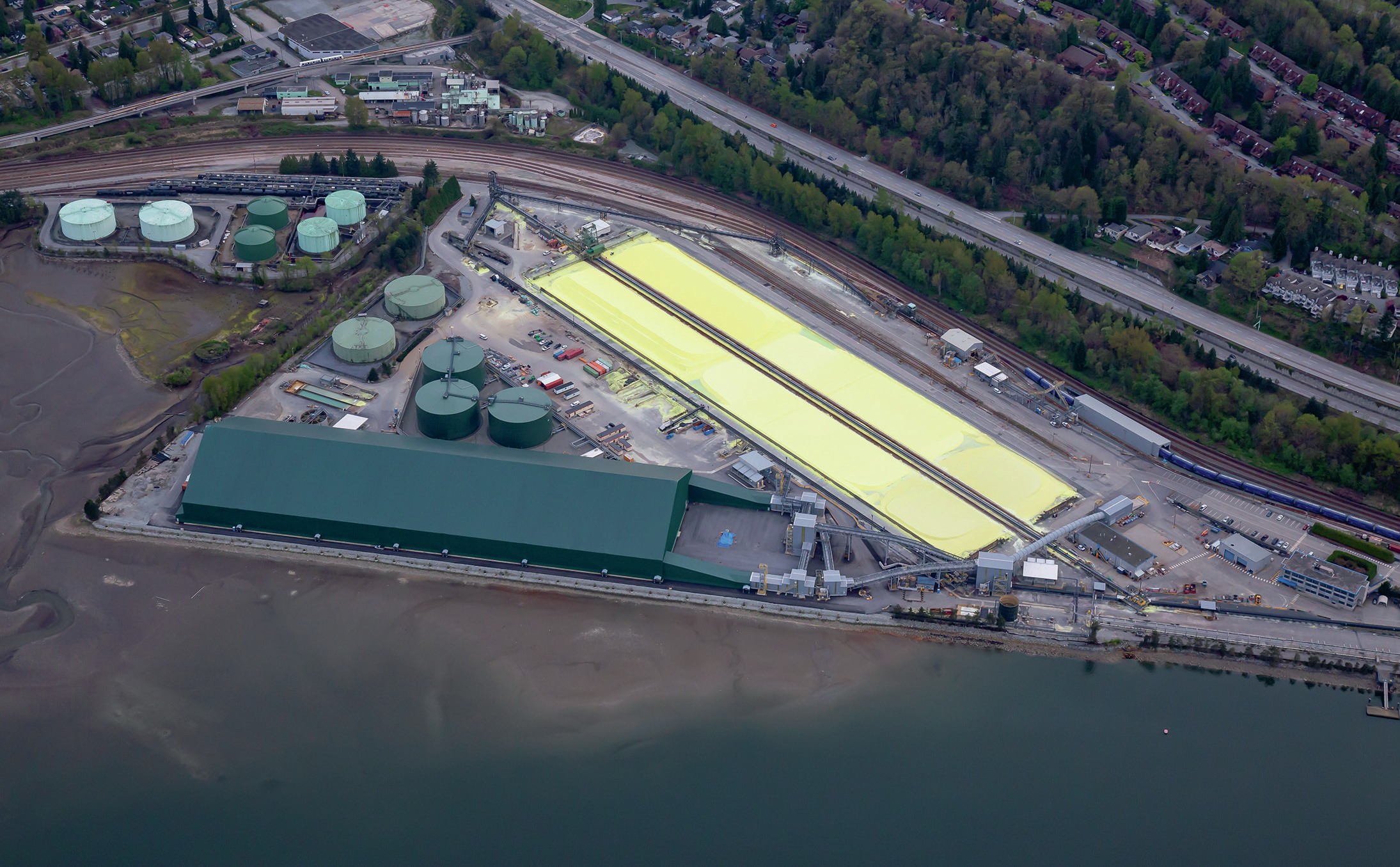Sulphur 386 Jan-Feb 2020

31 January 2020
Sulphur’s price collapse
PRICES
Sulphur’s price collapse
Jerry d’Aquin of ConSul Inc. looks at the impact of falling sulphur prices on the US market.
US refiners produced 8.35 million metric tonnes of sulphur in 2018. Gas processing added another 600,000 tonnes, for a total of 8.95 million t/a. A lower amount is expected for 2019; refineries and gas should only achieve 7.9 million t/a and gas 300,000 t/a for a total of 8.2 million t/a, due to sweeter crude slates and operating issues. With Tampa’s index price declining to $36/long ton for 1Q 2020 from $140/lt during 4Q18, most US refiners will experience a $104/lt decline in revenue. Simple math concludes this will educe the industry’s profitability by $208 million during just 1Q20, a staggering consequence for any economic sector.
Sulphur extracted during hydrocarbon processing has long been referred to as ‘recovered’ as against the hydraulically mined Frasch sulphur of the past. When sulphur was obtained via the Frasch mining process it was driven by a direct price-production cost relationship; the cost of natural gas to superheat water, and the cost of infrastructure being the most significant components. In the US the extraction process ended in 2000 when the last sulphur mine and its related infrastructure shut. Thereafter, supply became the exclusive purview of gas plants and refining installations. During the last decade of Frasch mining, sulphur’s economic model shifted from producing, storing and delivering an essential raw material used in fertilizers, chemicals and a myriad of other essential industries to disposal.
Removing sulphur from refineries has always been the objective of most recovered sulphur producers. Few ever considered entering the industry commercially due to sulphur’s low commercial image. Frasch producer infrastructure was the happy recipient of such dregs – they guaranteed disposal, taking responsibility for logistics, storage, marketing and making a handsome profit on this ‘waste’ stream.
As Frasch output declined and companies exited the market, in part due to increased recovered sulphur output, oil companies increasingly had to undertake those tasks, despite being unprepared to do so and unwilling to invest the requisite capital. By 2001, when the Freeport Sulphur Company closed, the sulphur industry was left with only recovered producers and service companies providing logistics and/or resale services for a fee. The profit motive had been replaced with minimising the cost of guaranteeing disposal. No corporate entity whose mission was delivering profit from production of sulphur remained, although disposers always wanted to be paid the top spot price, leading to an interesting mixture of marketing psychology and the game of ‘chicken’.
For consumers, sulphur is an essential raw material. The material is a good example of what economic theorists refer to as price inelasticity; when users need it, the price is almost immaterial, and when they do not, even zero or negative value is unlikely to attract a purchase. Simplistically, the impact of poor far economics during 2018 and 2019 severely reduced phosphate fertilizer demand and thus sulphur consumption. Sulphur producers faced a similar downturn; insufficient demand and lack of storage meant sulphur had to be sent away from refineries regardless of the price. Frasch mining once provided production and inventory adjustments allowing refiners and fertilizer companies to operate in a relatively smooth relationship. That ceased almost 20 year ago.
Global trends
Last year’s sulphur price decline is the direct result of the inflexible linkage between US recovered sulphur producers, the phosphate fertilizer industry and similar global trends. Refineries lowered prices to push material into phosphate companies’ storage, leading to further price drops. Globalisation has brought similar conditions to Canada, where oil sands upgraders are now loading molten sulphur trucks and subsidising the transaction to US buyers by up to US$90/t – a figure which is expected to increase. And the rest of the world is in a similar quandary. ADNOC, the world’s largest sulphur producer at 6+ million t/a, will experience a 1Q20 profit decline of at least $150 million, reaching $0.6 billion should the present price differential exist for the year. Pundits’ sulphur price expectations are negative: new gas and refining projects are starting up in the Arab Gulf, West Asia, India and China, to name but a few. The IMO 2020 regulations will increase and disrupt supply, the pace of phosphate fertilizer demand increase is slowing due to environmental constraints and greater application efficiencies, and the volatility of that industry’s sulphur needs continues. At best, the surplus of recovered sulphur may be tempered once its disposal costs to users far exceeds all of the costs of stockpiling and reclamation – as has at times happened during prior long-term excesses.
In conclusion, one must wonder why a supplemental product of refinery operations can exert such a huge impact, let alone “turn on a dime”. Its financial effect is immediate, as fluctuations go directly to sulphur producers’ bottom lines. How can the producing industry better prevent such price shocks? Can it? In truth, some readers will be quick to point out that prices also go up, bringing a corresponding benefit. But nearly 50 years working in all three industries have demonstrated to the writer that upswings are always much slower than collapses, unless, perhaps, navigation in the Arabian Gulf is severely disrupted. I believe solutions exist, being a matter of study, creativity and reasonable determination.







